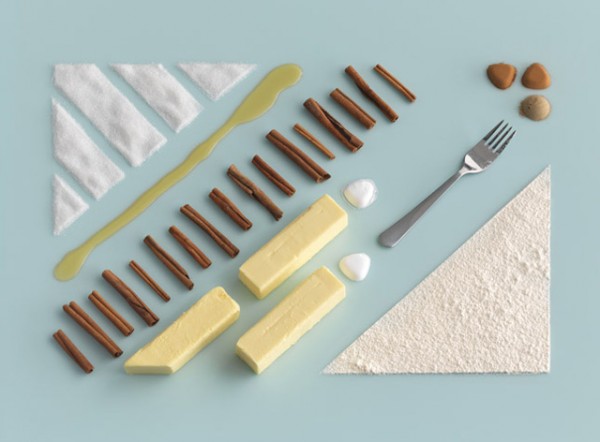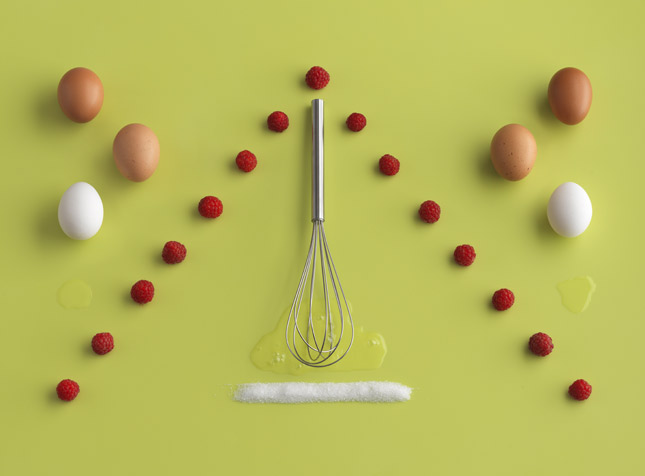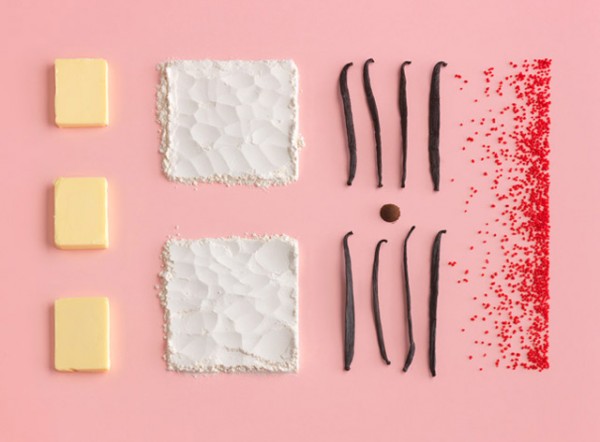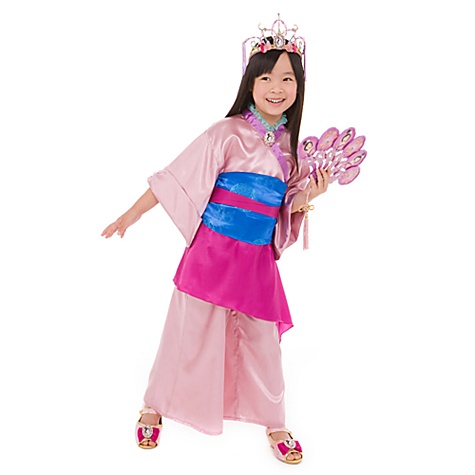Design is a conversation. Just like a conversation, design tries to convey a certain message or idea. Just like a conversation design has a specific audience they’re trying to speak to. And just like a conversation it tries to spark new conversations.
Recently I came across this infographic “American Kills” by Sebastian Errazuriz on designboom.com.
Recently I came across this infographic “American Kills” by Sebastian Errazuriz on designboom.com.
This is an excellent example as design as a conversation. It shows how Sebastian Errauriz was trying to get a point across to his audience like a conversation, but unlike a conversation his point is made through images and not through words. This design is so simple and so powerful. It beautifully and effectively conveys the message Sebastian Errazuriz wants it to. It’s hard to not be shocked by the reality of all the deaths of American soldiers. The simplicity of the design aids the viewers’ eyes to compare how many suicides there were compared to deaths in Iraq.
When Errazuriz first learned the shocking statistic, he wanted to tell people. But then he realized that it would be best if he showed people by painting it on the side of his studio in Brooklyn so everyone who passed by could see it.
Design Boom conducted an excellent interview with the artist. Here’s what Errazuriz had to say about it:
“the counting of dead soldiers outside my studio was long and surprisingly eerie; it was
Read more about it here:
http://www.designboom.com/weblog/cat/10/view/11233/sebastian-errazuriz-american-kills.html




















